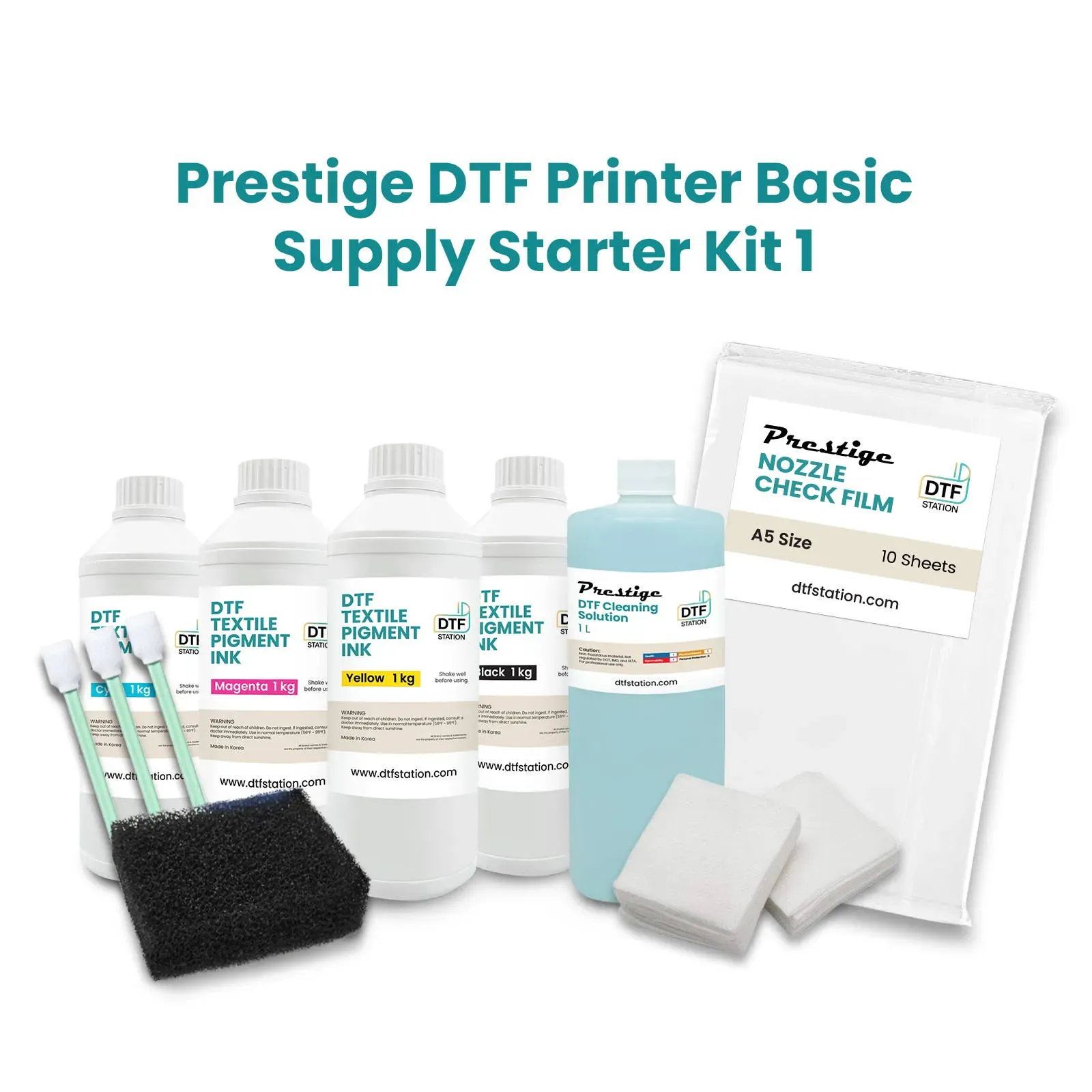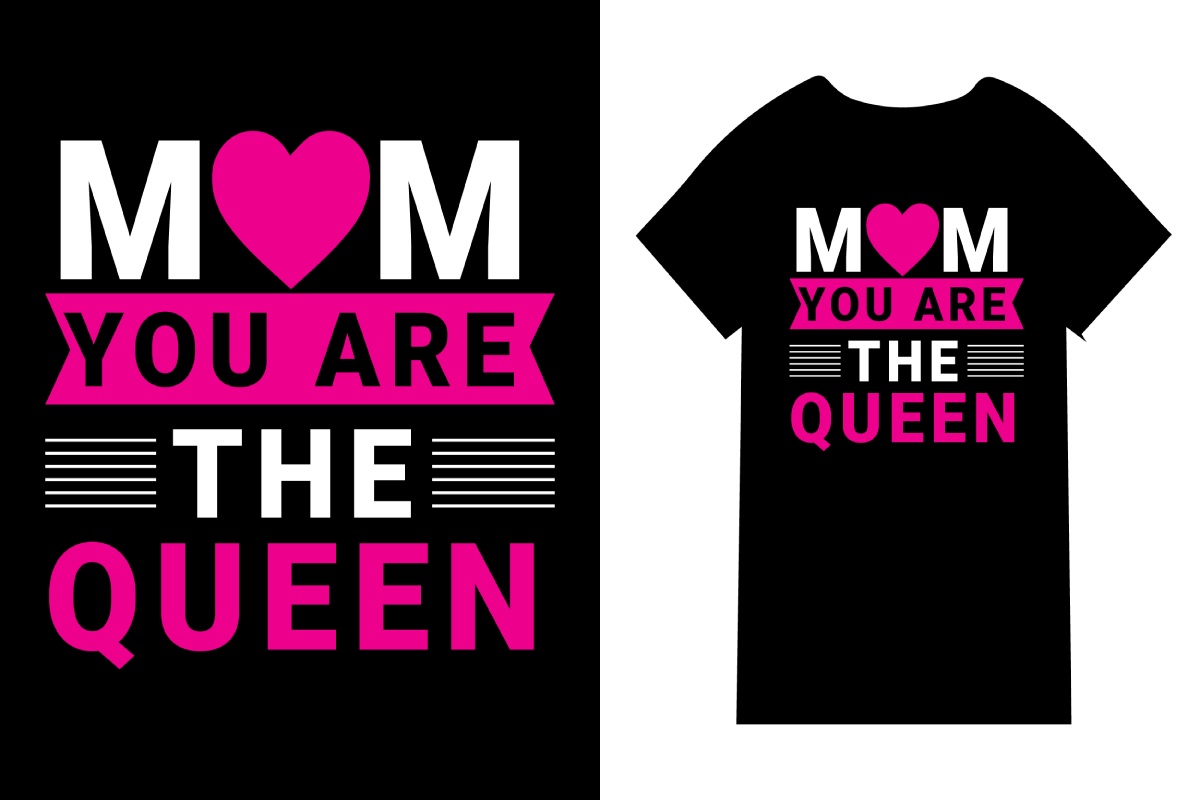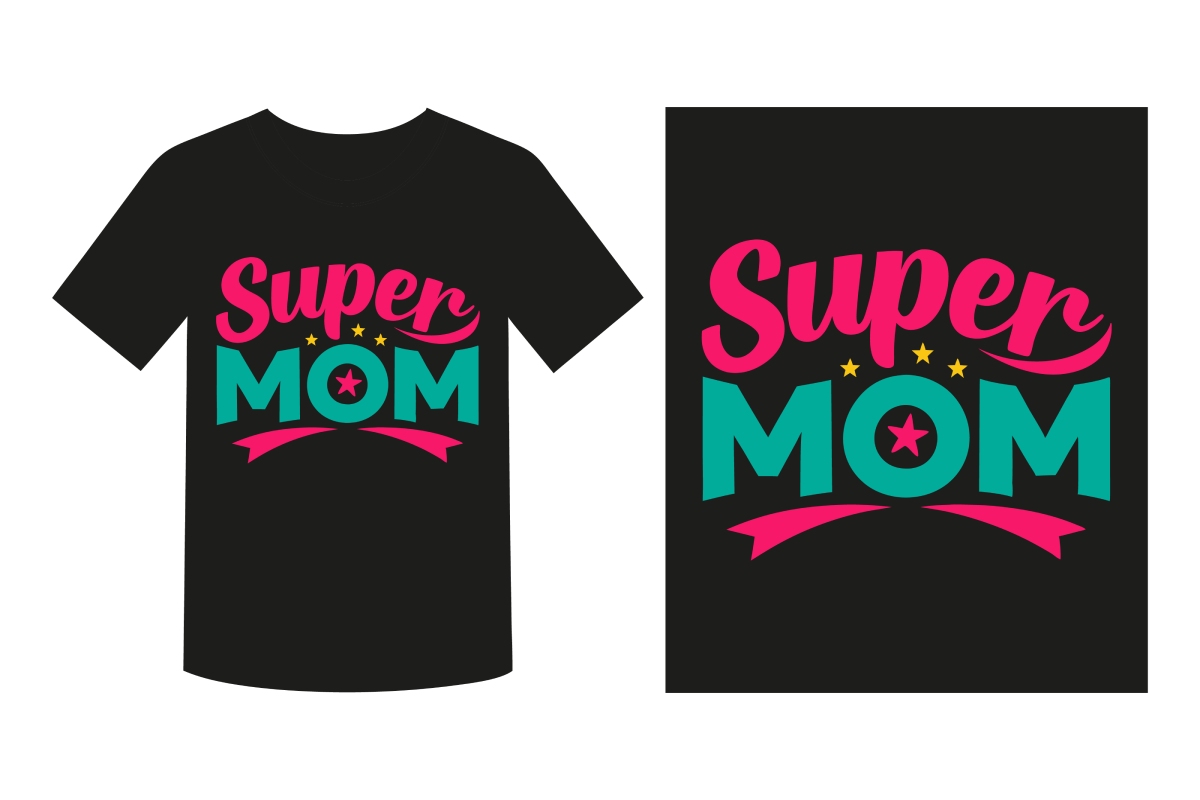In the vibrant landscape of custom fabric printing, DTF supplies play a crucial role in maneuvering the Direct-to-Film (DTF) printing process. This innovative technique has revolutionized the way designs are transferred onto various materials, providing unparalleled quality and flexibility. For those embarking on their DTF journey, understanding the essential supplies—from DTF printers to heat press devices—is imperative for creating stunning prints. This guide will familiarize you with the must-have items and the intricacies of DTF transfer film technology, enabling you to transform your creative ideas into reality. With the right resources, you’ll be well-equipped to master the nuances of DTF printing and elevate your printing game.
Whether you refer to it as DTF printing or direct-to-film transfer methods, this technique has become increasingly popular among creators and businesses alike. The process simplifies the way intricate designs are applied to fabrics, streamlining the production of high-quality apparel with striking visuals. Those delving into this printing method will find that essential supplies range from specialized printers to advanced heat pressing equipment. Moreover, with the latest advancements in transfer film technology, aspiring printmakers can expect enhanced performance and durability in their creations. Understanding the fundamentals of these supplies is key to unlocking the full potential of DTF applications.
Understanding the DTF Printing Process
The Direct-to-Film (DTF) printing process is an innovative method that allows for the creation of stunning designs on fabric with a high level of detail. First, the graphic is created using design software, ensuring to pay close attention to the file format and resolution, as these factors significantly impact the final outcome. Once the design is ready, it is printed onto a specially formulated transfer film using a DTF printer. This step is crucial as it sets the stage for the quality of prints you will produce.
Following the printing, the next step involves applying a heat-sensitive adhesive powder over the printed design. This adhesive powder is vital because it ensures that the design adheres correctly to the fabric during the heat transfer process. After sprinkling the adhesive powder, the design is cured, solidifying the bond between the ink and powder. This careful layering and curing process results in vibrant and durable prints that stand out, making DTF a favored choice for custom apparel production.
Essentials of DTF Supplies
To successfully embark on your DTF printing journey, being familiar with DTF supplies is essential. The key supplies include a reliable DTF printer, high-quality transfer film, and heat-sensitive adhesive powder. Each component plays a significant role in the overall printing process. For instance, the right DTF printer ensures that you achieve the best possible quality in your prints by accommodating the specific needs of the DTF method, while the transfer film must be compatible with your printer to ensure seamless operation.
Additionally, investing in a good heat press is non-negotiable, as it guarantees even heat distribution during the transfer process. This element is critical for ensuring that designs adhere well to various fabric types, whether cotton, polyester, or blends. Understanding your DTF supplies and their functions will empower you to create beautiful prints while minimizing common pitfalls that beginners often encounter.
DTF Printer Buyer’s Guide
Selecting the right DTF printer is one of the most crucial steps for anyone looking to get into Direct-to-Film printing. With many models available, it is vital to consider aspects such as print quality, reliability, and compatibility with the transfer film you intend to use. Beginners are often advised to opt for entry-level printers that strike a balance between cost-effectiveness and performance, allowing them to hone their skills without making a significant investment.
It’s also beneficial to research the latest DTF printer models available on the market. Many reviews and buyer’s guides provide insights into features that can enhance your printing experience, including ink capabilities and ease of use. By arming yourself with this knowledge, you can make an informed decision and select a printer that fits your DTF printing needs, ensuring you achieve high-quality results consistently.
Exploring DTF Transfer Film Technology
DTF transfer film technology has evolved significantly in recent years, enhancing the quality and durability of prints. It is imperative to choose transfer films that meet modern specifications for compatibility with various DTF printers. High-quality transfer films facilitate better adhesion and more vibrant color saturation, reflecting the ongoing advancements in printing technology. Understanding the nuances of transfer film can dramatically improve the outcome of your projects.
Incorporating the latest innovations in transfer films ensures that your designs not only look great but also withstand the test of time, making your printed garments more appealing to customers. By staying updated on trends and advancements in transfer film technology, you can leverage these materials for the best results in your DTF printing endeavors.
Utilizing Heat Press for DTF
A heat press is an indispensable tool in the DTF printing process, essential for achieving optimal adhesion between the printed transfer and the fabric. Ensuring that your heat press can provide even temperature distribution is crucial, as uneven heat can lead to poor print quality and inconsistent results. When selecting a heat press, consider factors like size, pressure settings, and adjustable temperature controls, which allow for versatility in handling various fabric types.
Mastering the heat transfer process leverages the capabilities of your heat press and heightens the quality of the finished product. Knowing the right temperature and duration settings for different fabrics helps enhance the durability of the prints, allowing for the production of garments that are not only appealing but also long-lasting. Investing time in learning how to effectively use your heat press can set you apart in the competitive world of fabric printing.
Tips for New DTF Printers
For those new to Direct-to-Film printing, starting small is highly recommended. Engage in smaller projects that allow you to practice and fine-tune your technique without being overwhelmed. Small batches provide a valuable opportunity to experiment with different designs, fabrics, and prints while learning the best practices for using DTF supplies. This method fosters skill development and instills confidence as you prepare for larger projects.
Additionally, prioritizing quality over quantity is crucial. High-quality DTF supplies not only yield better results but also enhance the overall printing experience. Research various brands and read user reviews to ensure that you select supplies that will serve your needs effectively. Utilizing trusted resources and communities can help guide your learning curve as you delve into the realm of DTF printing.
Frequently Asked Questions
What are the essential DTF supplies needed for successful Direct-to-Film printing?
To successfully start with Direct-to-Film (DTF) printing, you will need several essential DTF supplies including a DTF printer designed for high-quality outputs, premium transfer film that matches your printer specifications, heat-sensitive adhesive powder for proper adhesion, a reliable heat press for applying designs to fabric, and graphic design software to create stunning visuals.
How does the DTF printing process work, and what supplies are involved?
The DTF printing process involves printing images onto a special transfer film using a DTF printer, followed by applying heat-sensitive adhesive powder, curing the film, and finally using a heat press to transfer the design onto the fabric. Key supplies include the DTF printer, transfer film, adhesive powder, and heat press.
What is the best heat press for DTF supplies and why is it important?
The best heat press for DTF supplies is one that ensures even temperature distribution and precise pressure adjustment. A reliable heat press is crucial for the DTF printing process to ensure that designs adhere properly to fabrics, resulting in high-quality, durable prints.
Can I use regular printers for Direct-to-Film printing?
No, regular printers are not suitable for Direct-to-Film printing. You need a specific DTF printer that is designed to handle the printing process on transfer film and the application of adhesive powder, enabling vibrant and long-lasting designs on various fabrics.
What advancements are there in DTF transfer film technology for 2025?
Recent advancements in DTF transfer film technology for 2025 include improved adhesion properties and durability, allowing for vibrant designs that stand up to washing and wear. These advancements expand the range of materials that can be used in DTF printing, offering greater versatility for custom apparel.
Where can I find a comprehensive DTF printer buyer’s guide?
You can find a comprehensive DTF printer buyer’s guide on various specialized printing websites. For example, MTU Tech provides an in-depth analysis of different DTF printers, helping beginners choose the right equipment based on quality, reliability, and affordability.
| Key Points | Details |
|---|---|
| What is DTF Printing? | A method for transferring designs onto fabric using a special transfer film, adhesive powder, and a heat press. |
| Key Supplies | Essential items include DTF printers, transfer film, adhesive powder, heat press, and design software. |
| Advantages of DTF Printing | Versatile for different fabrics, produces high-quality prints, and is beginner-friendly. |
| DTF Printing Process | 1. Create Design 2. Print on Film 3. Apply Adhesive Powder 4. Cure the Transfer 5. Heat Transfer |
| Tips for Beginners | Start small, prioritize quality supplies, and research thoroughly. |
Summary
DTF supplies are essential for anyone looking to venture into the innovative world of Direct-to-Film printing. This beginner’s guide encapsulates the fundamental aspects of DTF printing, from understanding its unique process to identifying the key supplies necessary for producing vibrant, high-quality prints. With detailed insights on the supplies you’ll need, such as DTF printers and heat presses, as well as guidance on the printing process and best practices, this guide serves as an invaluable resource for newcomers eager to explore the creative possibilities of DTF printing. By leveraging quality DTF supplies, you’ll be well on your way to mastering custom fabric printing.



